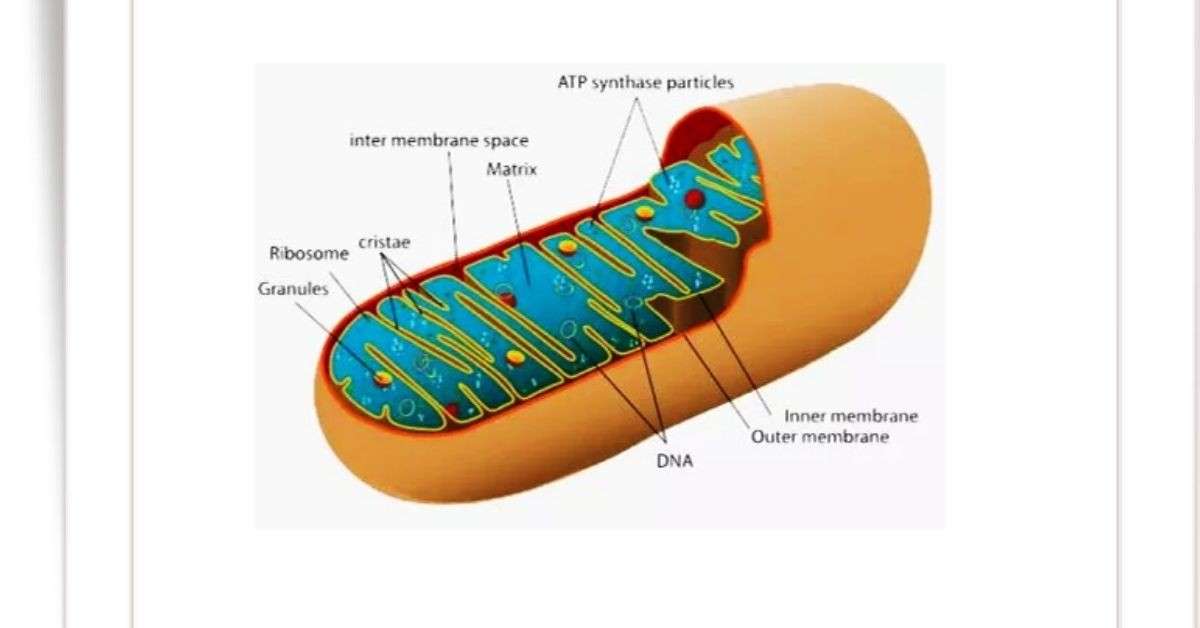Definition: The word mitochondria come from two Greek words, mito meaning thread and chondrion meaning granule. It has double membrane enclosed rounded or rod-like or filamentous bodies which generate chemical energy in the form of ATP. It is scattered throughout the cytoplasm in most of the cells.
History of Mitochondria: Scientist Kolliker (1850) first observed mitochondria in the striated muscle. Flemming (1882) named it as fila. Rechard Altmann (1897) referred to the mitochondria as Bioplasts. Carl Benda (1897) first called these organelles as mitochondria.
Distribution and occurrence: It is not found in the prokaryotic cell and matured circulated RBC. Generally they are evenly distributed in the cytoplasm. It is also found in the base of the proximal convoluted tubules of nephron. The number of mitochondria present in the cell depends on its activities. Plant cell contains less number of mitochondria than animal cell. A normal liver cell may contain 1000-1600 mitochondria while some oocytes may contain more than 300000 mitochondria. On the other hand, Microasterias algae contain only one mitochondrion
Structure of Mitochondria: Mitochondria have generally spherical or rod-shaped or filamentous structures. It is about 3.0-7.0 µm in length and 0.2-2.0 µm in diameter. It usually consists of two unit membranes, two chambers, mitochondrial matrixs and mitochondrial particles. Every mitochondria is bounded by the double membranes, the outer membrane and inner membrane. Each membrane is made up of lipo-protein and it is about 60 Angstrom thick. The outer membrane is smoothed and covers the mitochondria but the inner membrane remains folded inward at various points to form a number of incomplete partitions which are known as the cristae or mitochondrialis cristae. The two membranes remain 60-80 Angstroms apart from each other. The space between the two membranes is filled up with fluid.






